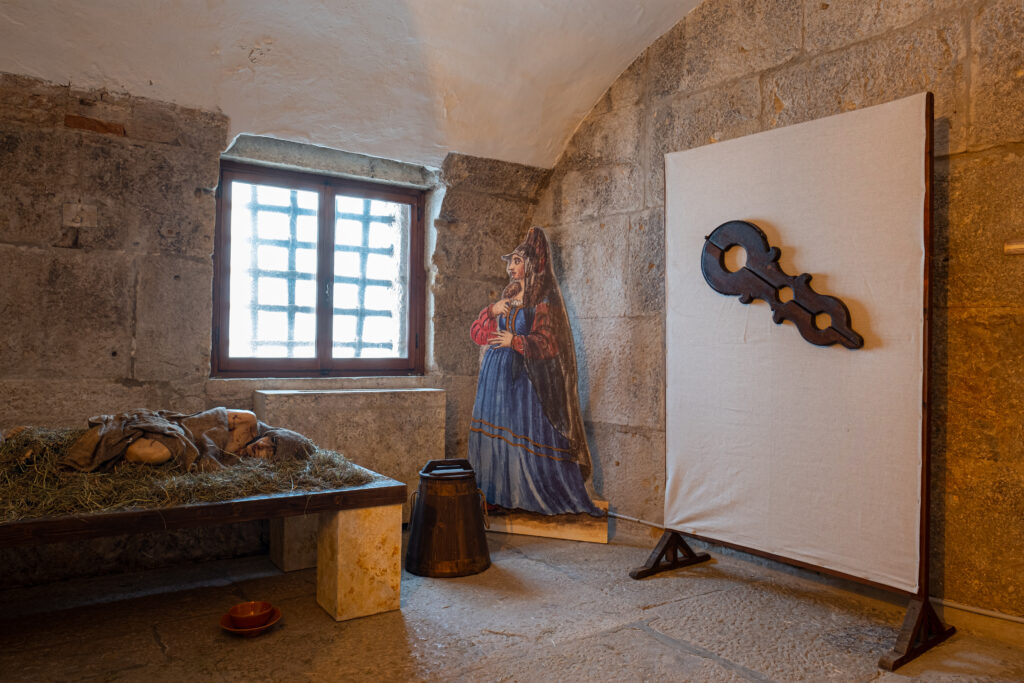Among the punishments and tortures inflicted by the 18th century judicial system we find flogging. Not only in Venice, but everywhere torture was used as an instrument of justice. This was until the Enlightenment when their progressive ban was finally seen.
“Judicial torture, in the eighteenth century, works in this strange economy in which the ritual that produces the truth goes hand in hand with the ritual that imposes punishment. The body questioned in the torture is the point of application of the punishment and the place of extortion of the truth ”.
During the execution of the sentence, the body of the condemned man became a ceremonial symbolic element of the public punishment.
"The body constitutes the element that through a whole game of rituals and tests confesses that the crime has taken place, affirms that he himself (the condemned) committed it, shows that he carries it inscribed in himself and on himself, it bears the action of punishment and manifests its effects in the most sensational way ".
Where was flogging practiced?
The floggingwas practiced both in public places, using a column or a pole to which the condemned was insured, and inside prisons, where the prisoners were chained to rings fixed to the walls during the torture.
The consequences on the condemned
The flogging never caused the death of the condemned man, but it caused injuries that, indirectly, could cause it as a result of the infections that were generated due to the depth of the wounds.
How was flogging practiced?
This torture was generally performed with a whip of braided rope, which could be modified to increase its offensive power, as in the case of the scourge, to which pointed pieces of metal were added to the rope. Sometimes this was completely replaced by an catena in ferro, che poteva presentare borchie o punte per perforare il corpo che andava a colpire.
